Dig In and Enjoy These Healthy Pasta Recipes
Pasta is a quick and easy meal solution and forms the basis for a healthy, nutritious meal. Readily available in either fresh or dried form, it is economical and easy to cook, even for beginners and non-cooks. Because it is so easy to cook, it is perfect for busy cooks and those on the go.
Usually made from flour, water and sometimes eggs, on its own pasta is healthy. But smother it in rich, creamy, cheesy sauces and it quickly becomes very unhealthy. Use tomato-based sauces and pair your pasta with ingredients such as vegetables, fish, olive oil, beans and poultry.
Healthy Pasta Recipes
Which Sauce for Which Pasta?
The short, tubular varieties such as penne and rigatoni are best with chunky, thick sauces. Ridged pastas are textured which gives the sauce something to cling to.
Shaped pastas such as farfalle, fusilli and shell shapes pair well with all kinds of sauces, especially those with meat, beans and vegetables.
Long pastas such as spaghetti, fettuccini, linguine or tagliatelle team well with runnier, olive-oil based sauces. These long pasta ribbons need lots of lubrication. The oil coats the pasta without drowning it.
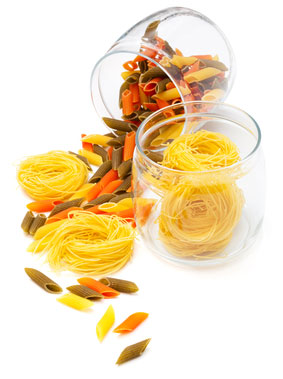
Other Pasta
Macaroni, lasagna and cannelloni are great for baking.
The pocket varieties such as ravioli, tortellini and agnolotti are used with stuffing.
Small pasta shapes such as orzo are great added to vegetable soups. Simply add them during the last 10 minutes of cooking.
Is Pasta Fattening?
There is a perception that pasta is fattening. The fact is pasta is a healthy carbohydrate and a central component in the Mediterranean diet.
Italian-style pasta is made from durum wheat, which is totally different from the wheat used to make white bread. Durum wheat contains much higher levels of protein, fiber and other vitamins and minerals than other wheat. When durum wheat is milled, the bran and germ are removed, leaving the rich yellow endosperm. The endosperm is then ground into granules called semolina, which is then mixed with water to form a stiff dough. Pasta made from semolina holds its shape after cooking and has the best texture.
But while pasta is much healthier than other carbohydrates, it is still important to remember portion sizes. It is all too easy to pile our plates high with noodles smothered in a rich, creamy sauce, topped off with cheese.
The question is not whether pasta is fattening or not, but how much of it should we be eating? It is recommended that one cup of cooked pasta or noodles is sufficient for most people. But go to any restaurant and you’ll most likely be served a huge plate with the equivalent of 6 to 8 cups of pasta.
Nutritional Information
Pasta is a complex carbohydrate providing a slow release of energy to fuel the brain and body (ideal for endurance athletes).
It is also a good source of several essential nutrients, including iron, B vitamins, and calcium.
Is low in sodium and cholesterol free.
High in fiber, providing up to 25% of our daily requirements per one cup serve.
Pasta scores around 25 – 45 on the glycemic index. That puts it in the range of many fruits and vegetables. To keep it low GI pasta must be cooked al dente. Overcooking increases the GI. Adding egg to pasta also lowers the GI by increasing the protein content.
How to Make your Pasta Healthy
When sauteeing the ingredients, spray your pan with a non-stick cooking spray.
When purchasing mince for bolognese sauce, choose the lean or low-fat variety.
Use less parmesan cheese.
When using other chesses, always use the reduced-fat varieties.
Read the labels on filled pastas such as ravioli or tortellini to check for high salt or fat contents.
When making béchamel sauce, use skim milk.
Instead of using béchamel sauce, opt for a ricotta based sauce.
If using bacon in your sauce, remove as much of the fat as possible.
Source:
Home » Healthy Pasta Recipes
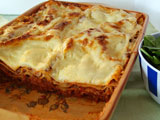
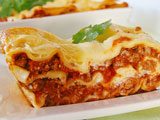
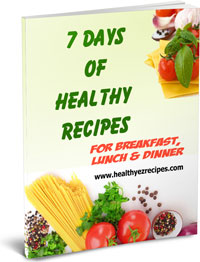

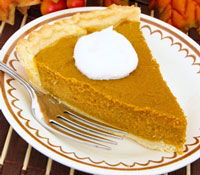
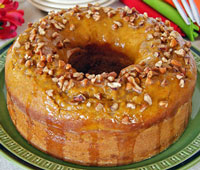
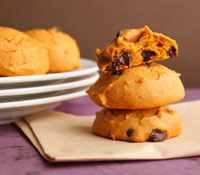

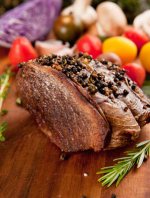
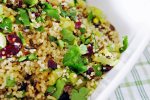
New! Comments
Have your say about what you just read! Leave me a comment in the box below.